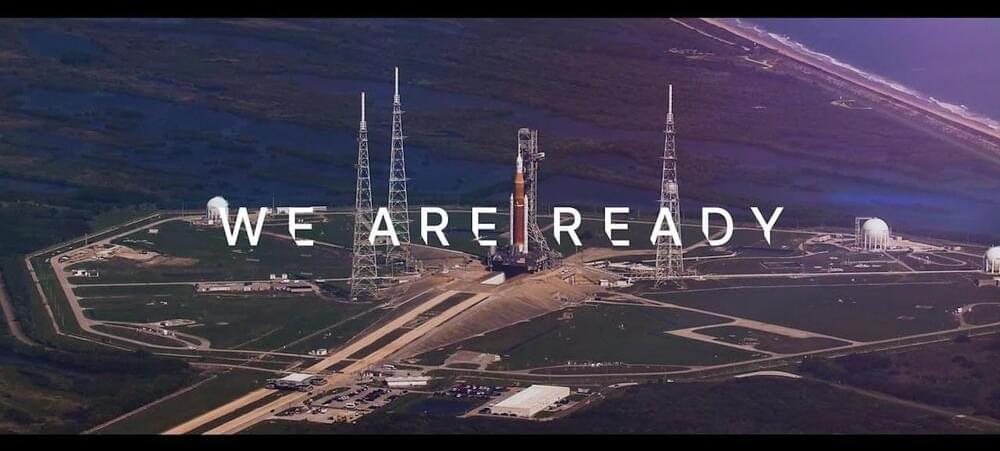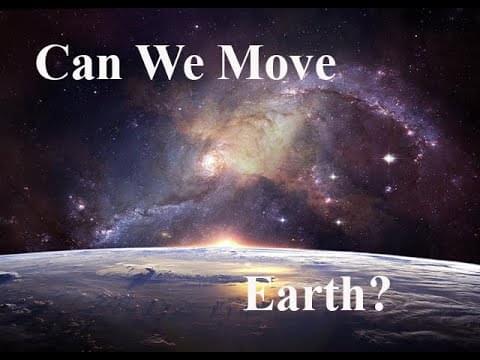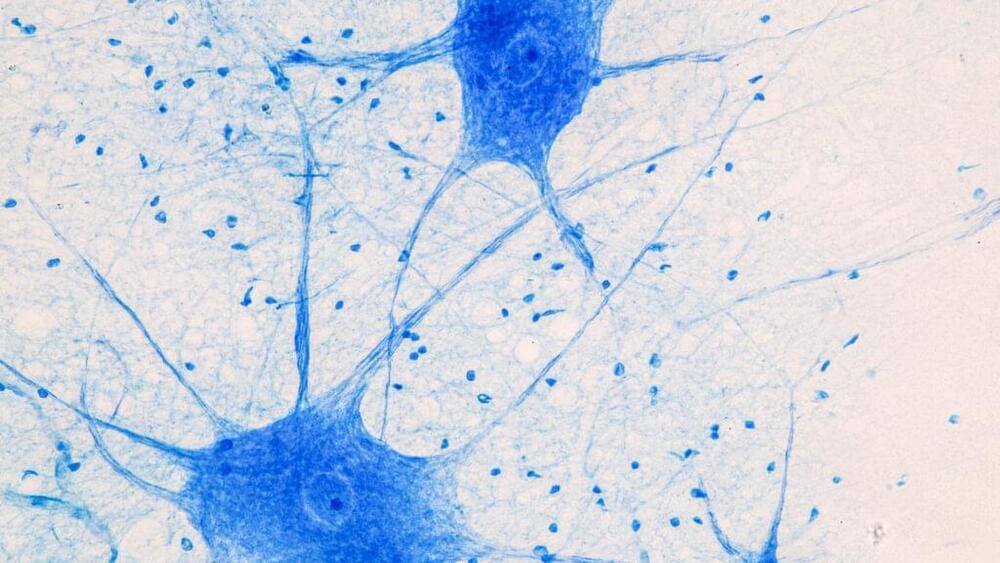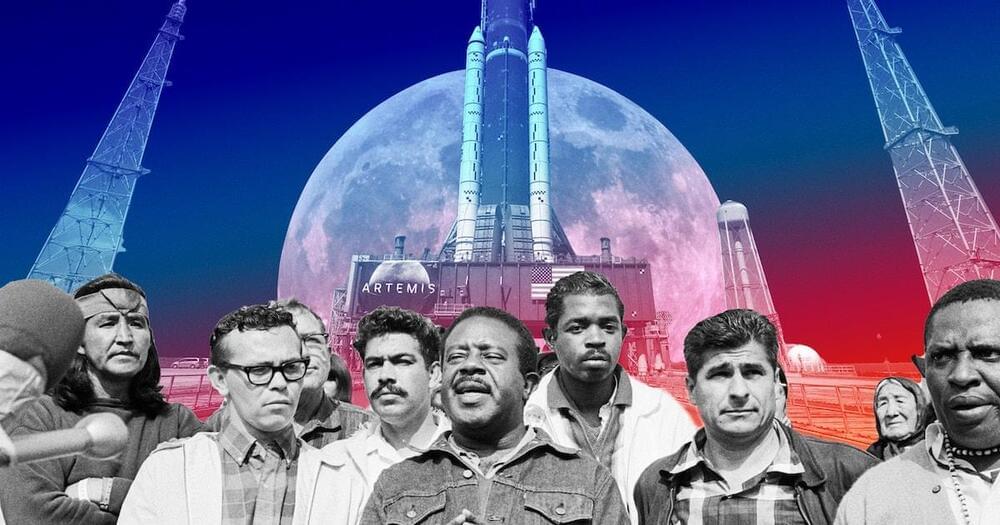The journey of half a million miles – the first flight of the Artemis Generation – is about to begin. The uncrewed Artemis I mission will jump-start humanity’s return to the Moon with the thunderous liftoff of NASA’s powerful new Space Launch System rocket and Orion spacecraft. This critical flight test will send Orion farther than any human-rated spacecraft has ever flown, putting new systems and processes to the test and lighting the way for the crew missions to come. Artemis I is ready for departure – and, together with our partners around the world, we are ready to return to the Moon, with our sights on Mars and beyond.
Producer: lisa allen, barbara zelon, alysia lee. writer & director: paul wizikowski


















